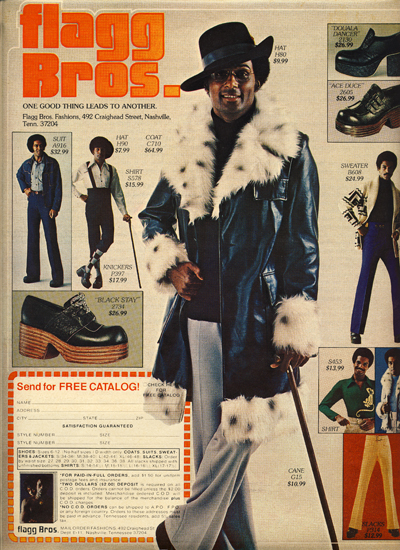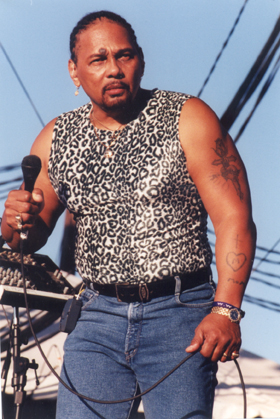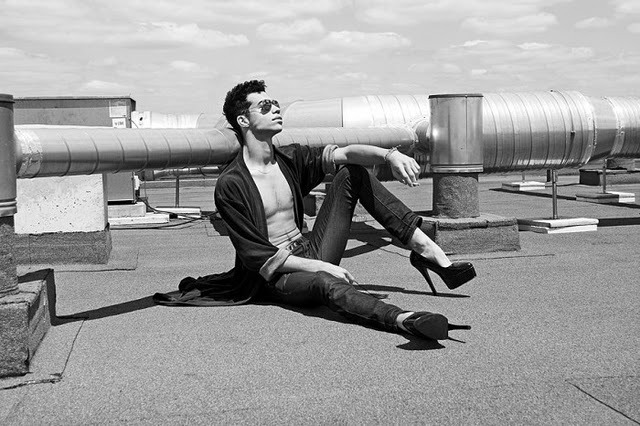Historically, high heeled shoes have not only been worn by women, boys and girls playing dress up, drag queens, at Halloween, or during Carnival. In fact, during the reign of King Louis XIV of France, high heeled shoes, specifically red heels, were a sign of aristocracy. The tallest heels were reserved for the king himself. Height equaled power and sovereignty. Notwithstanding this fashion trend, it always amuses me to hear the WTF responses of visitors who encounter portraits of Louis XIV wearing high heels, whether at the Louvre, Versailles, the Getty or other museums (click the links to see the various versions of Hyacinthe Rigaud’s famous portrait).
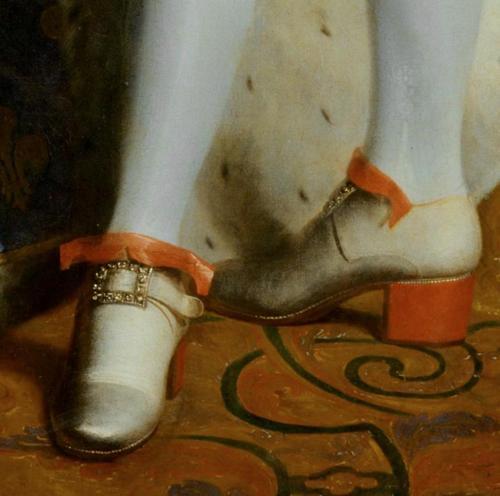
Totally for him: Hyacinthe Rigaud, Portrait of King Louis XIV (detail), 1701, oil on canvas. Musée du Louvre, Paris
“No, this French king was anything but gay,” I’ve often thought when overhearing ignorant rants about the shoes and Louis’ presumed sexuality (as if the two somehow signal each other). Another common thought is, “No, this portrait does not represent a woman” (ok, I understand that the wig can throw some people off… and the garters… and the silk leggings… and the position of the feet in ballet’sfourth position… but seriously people, these things were fashionable for blue blooded men!). And yes, those are rhinestones on the buckle!
Even in his early 20s, Louis can be seen donning the fashionable red heels (below).
And if you can believe it, he was wearing them at age 63 when his portrait was painted in 1701 (the detail of which is shown above). If you’ve got it, flaunt it! So gentlemen, I know you’re not all going to rush out and spend $3,000 for a pair of Christian Louboutin-inspired Louis XIV high heels, but I know at some point you’ll slip a pair of heels on… “Just to know what it feels like” of course.
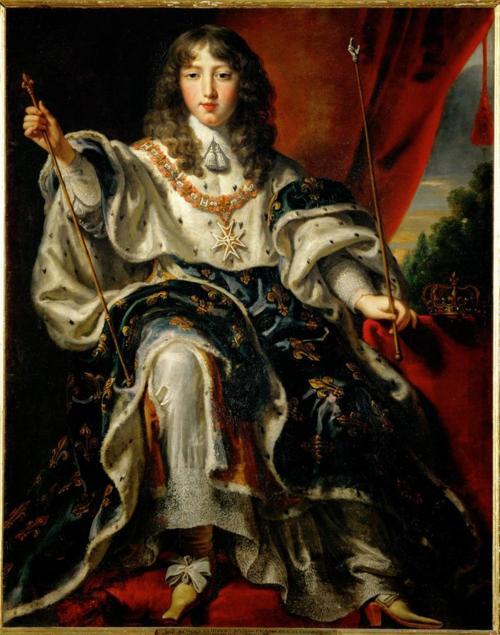
Justus von Egmont, Portrait of Louis XIV, 1660s, oil on canvas. Ambras Castle, Austria
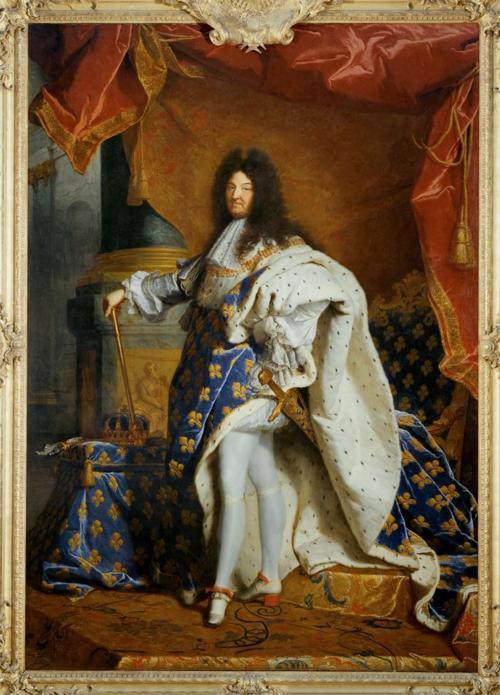
Hyacinthe Rigaud, Portrait of Louis XIV, 1701, oil on canvas. Musée du Louvre, Paris
 New topic
New topic Printable
Printable
 Report post to moderator
Report post to moderator




